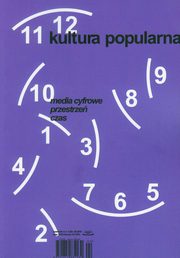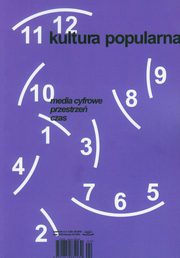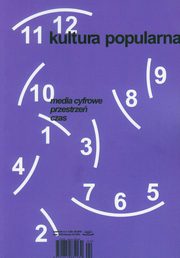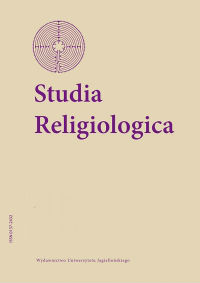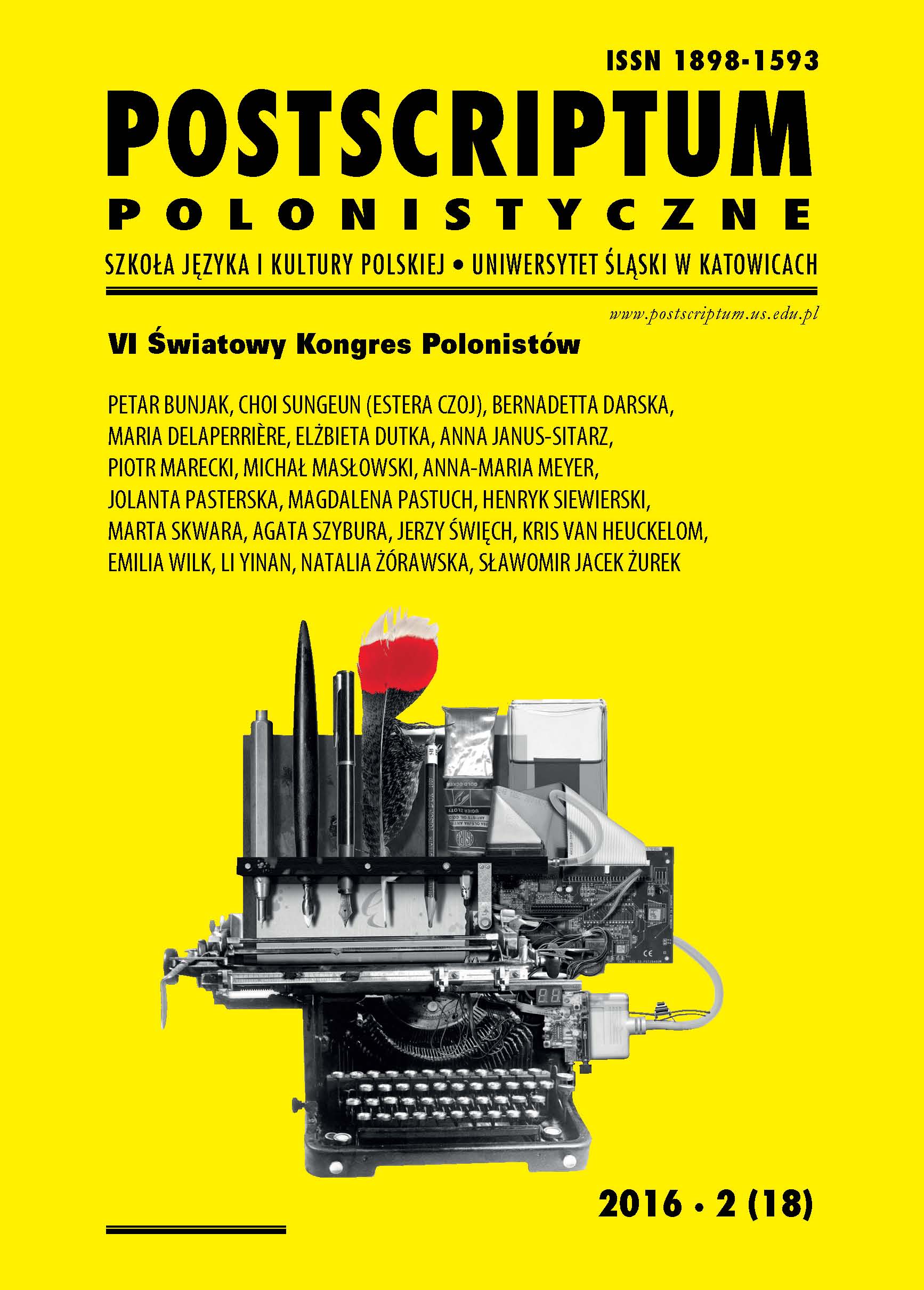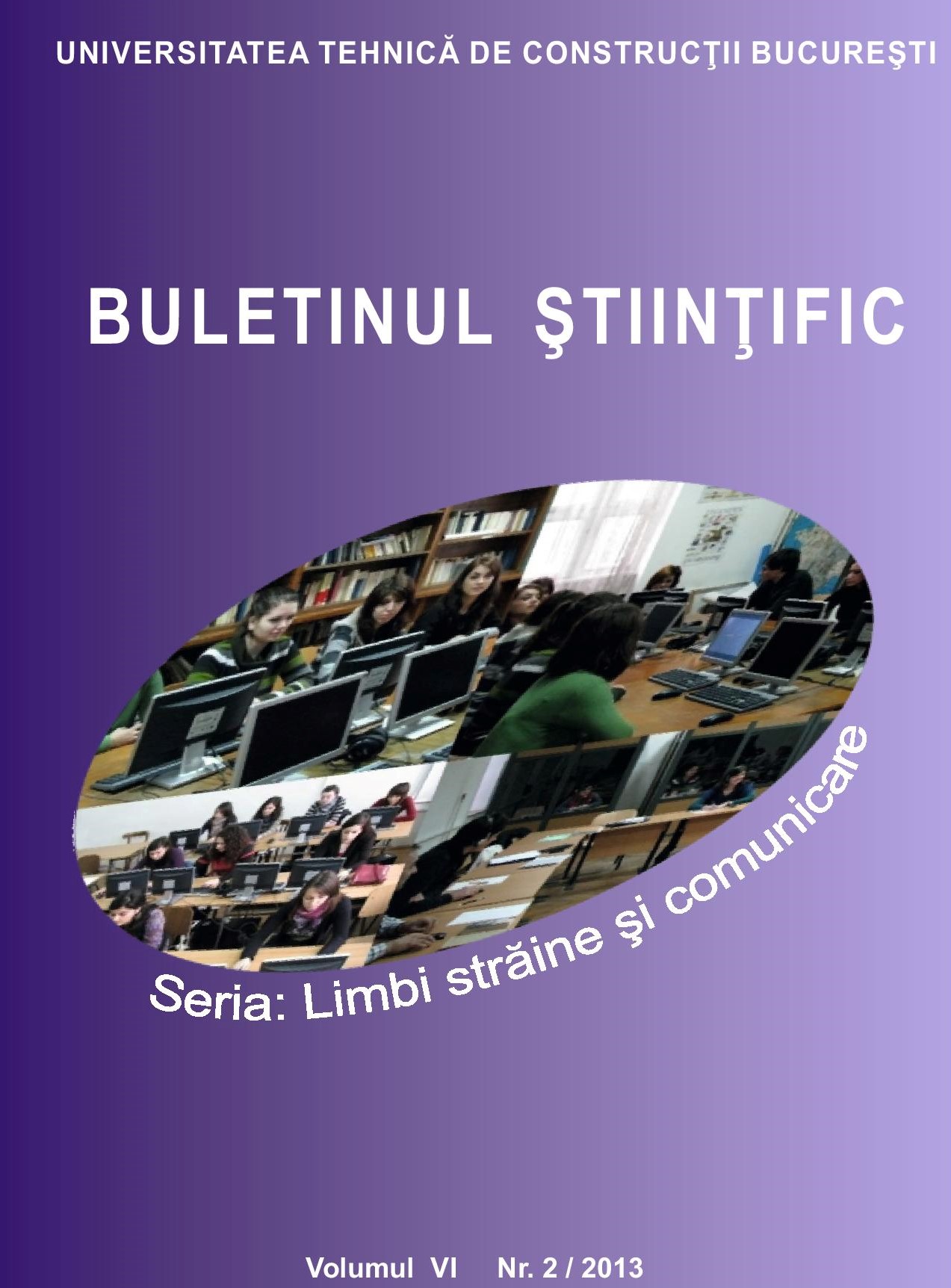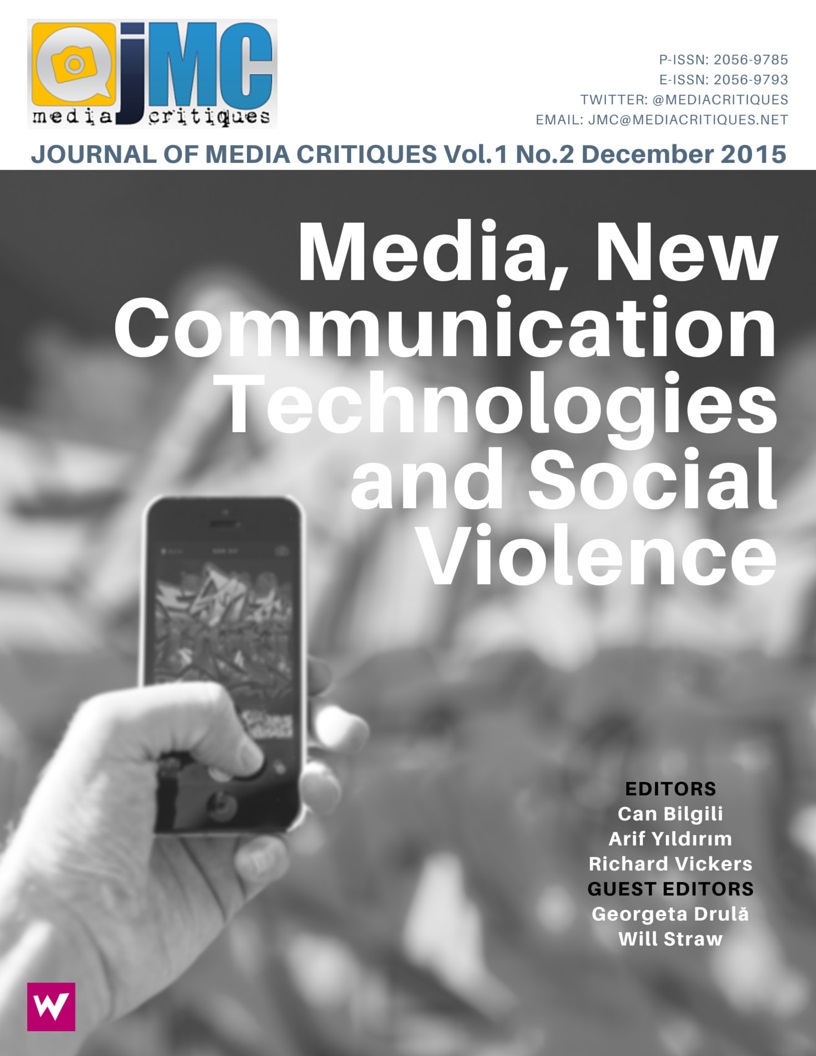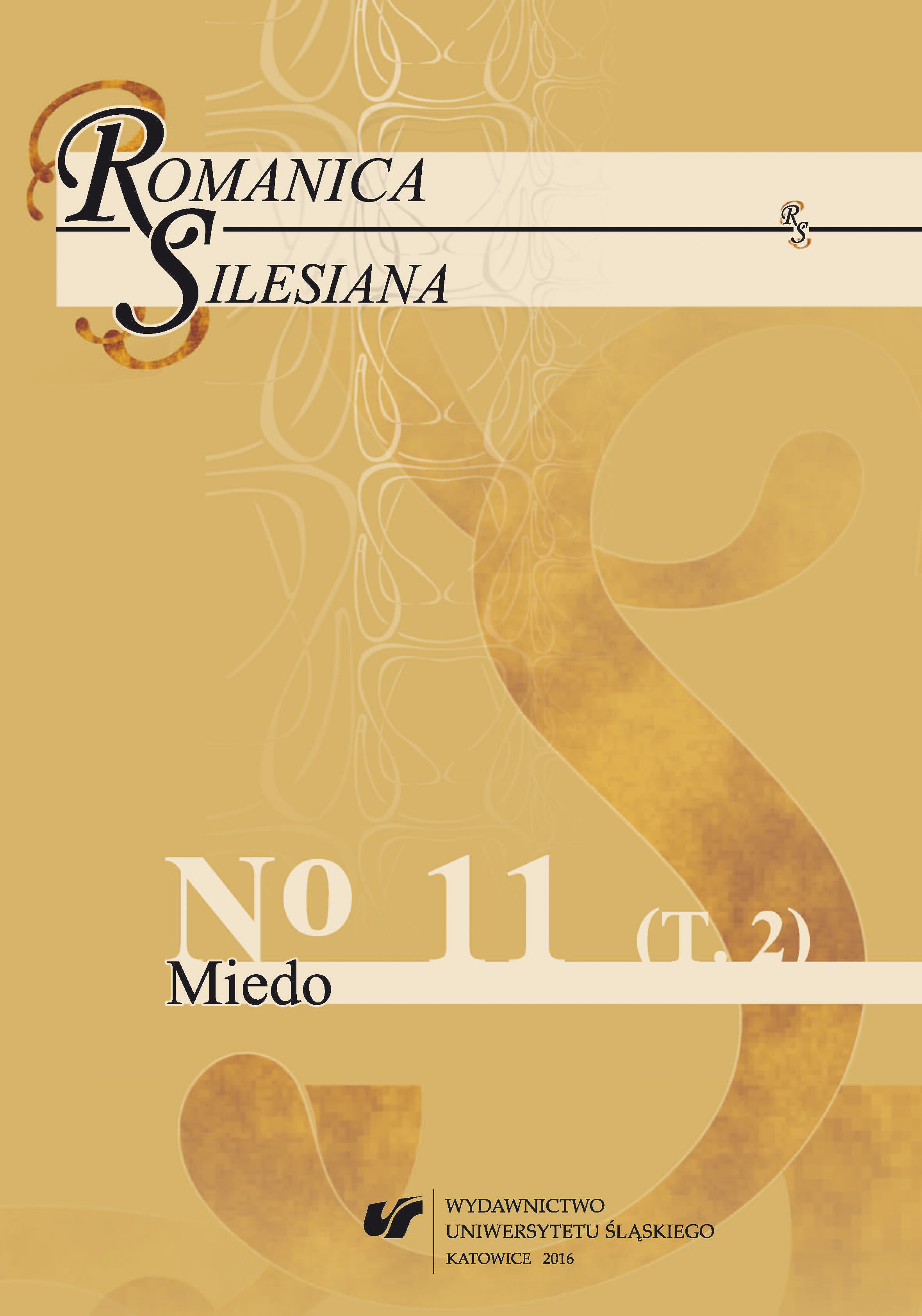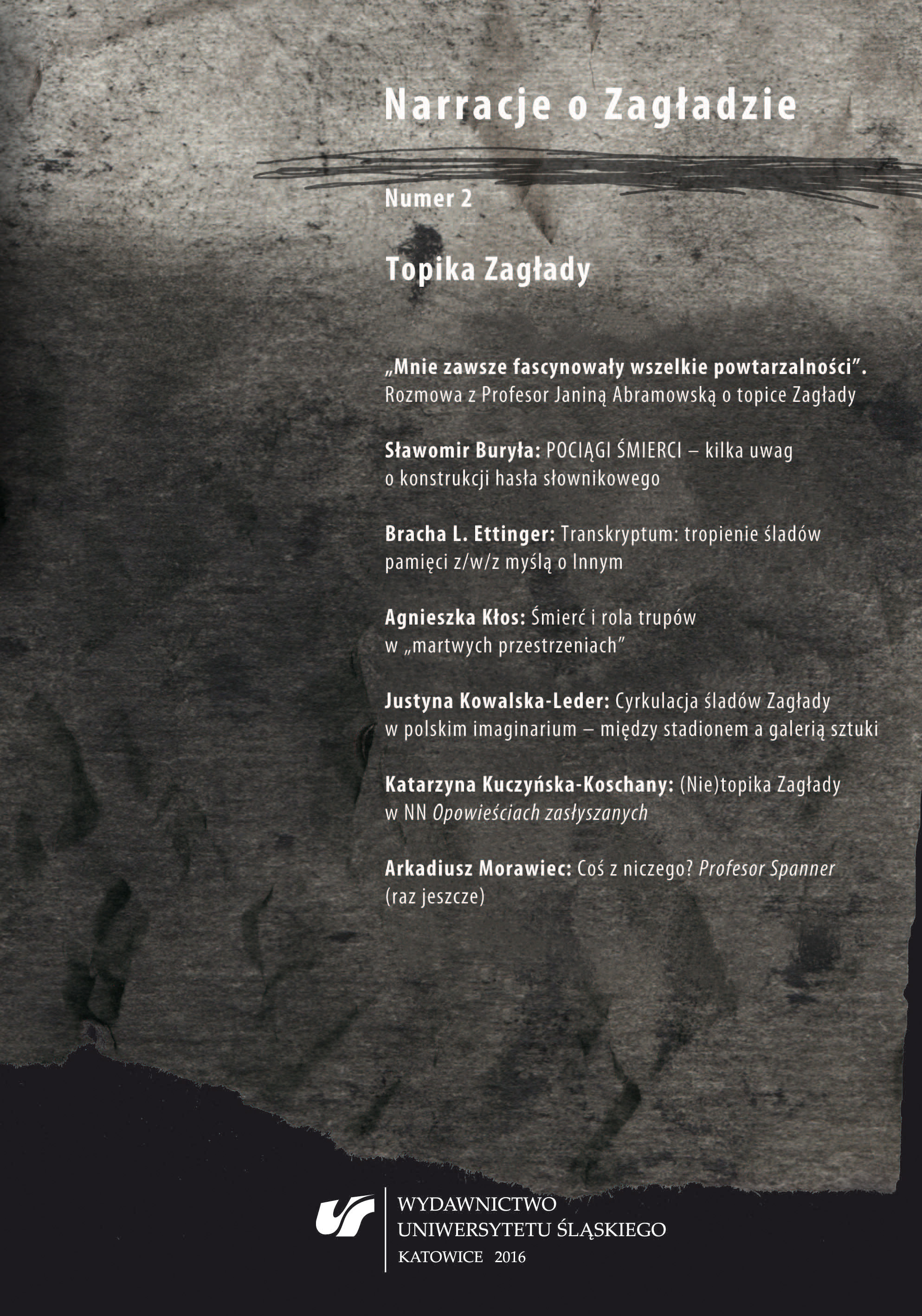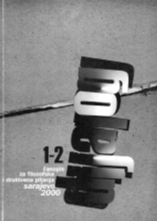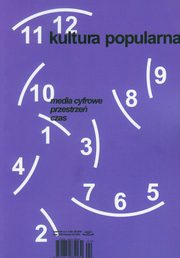
Głód mięsa. O kanibalizmie w filmie Delicatessen
The text has a character of a draft – the author signals some aspects and themes of complex issues of anthropophagy and human carnivorism, placing them in historical, sociological and anthropological perspectives. As its starting point author takes black comedy Delicatessen, which characters are hungry for meat and not being able to get the animal meat they practice cannibalism. The author analysis their customs, defining the kind of cannibalism they practice and describing its significance for them as a community. She reaches for historical examples of cannibalism and recalls its ritual, social and mystical importance referring it to the situation in the movie. She enriches the whole with the reflection on the carnivorous nature of man, as a creature condemned to hunger for meat.
More...
